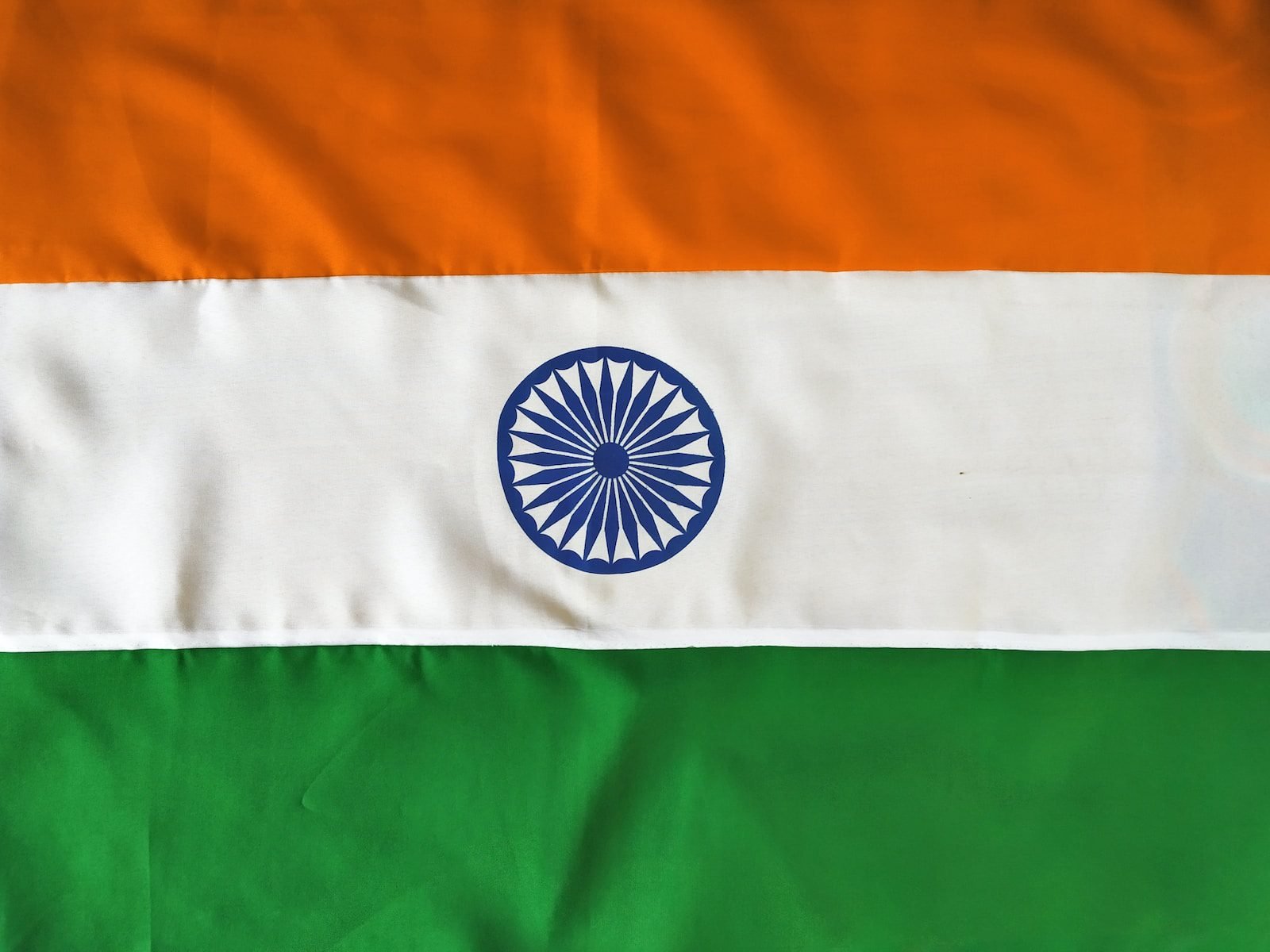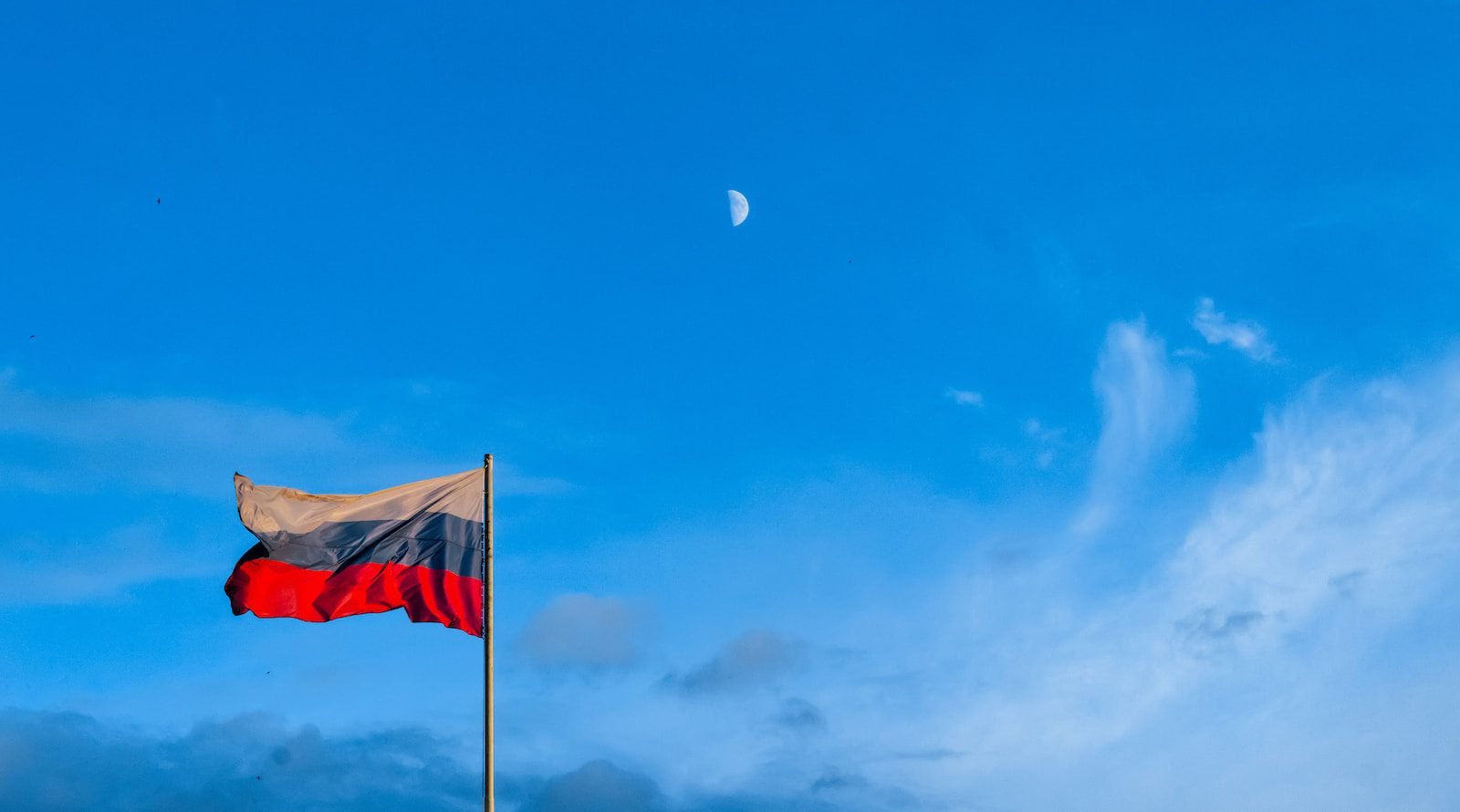NEW DELHI: Under their most recent agreement to supply Russian oil to India, the country’s leading refiner Indian Oil Corp. and Russia’s largest oil producer Rosneft agreed to utilise the Dubai oil price benchmark, which focuses on Asia.
The two state-controlled firms’ move to leave the Brent standard, which is favoured by Europe, is a part of a shift in Russia’s oil sales towards Asia after Europe boycotted Russian oil after its invasion of Ukraine more than a year ago.
Both benchmarks are determined by S&P Platts, a division of S&P Global Inc. based in the US, are denominated in dollars, but Dubai is greatly affected by oil trading in Asia and the Middle East while Brent is mostly utilised by European oil majors and dealers.
Igor Sechin, the CEO of Rosneft, stated in February that the price of Russian oil would be determined outside of Europe because Asia has grown to be the country that purchases the most Russian oil after the West implemented ever stricter export sanctions.
According to two of the individuals, Rosneft’s oil sales to Indian Oil Corp. will roughly quadruple under the new agreement, which was announced on March 29.
IOC and Rosneft did not immediately respond to emails from Reuters requesting comment on the agreement’s specifics, which have not yet been publicised.
Aleksandr Novak, the deputy prime minister of Russia, claimed on Tuesday that the volume of Russian oil sold to India increased by a factor of 22 last year.
According to the two sources, Rosneft would begin selling up to 1.5 million tonnes (11 million barrels) of oil to IOC on April 1 of the new fiscal year, including certain optional quantities.
They claimed that IOC has an agreement to purchase 3 million barrels of Urals grade oil in 2022–2023 with an option to increase the purchase amount monthly at a price differential to dated Brent on a delivered basis.
The new contract covers both Sokol oil exported from Sakhalin, which will be sold at a discount of $8 to $10 per barrel to Dubai prices on a deliverable basis, and Urals crude shipped from Russia’s European ports of Primorsk, Ust-Luga, and Novorossiysk.
The bigger quantities and modification in the price of Russian oil reflect closer connections between Moscow and India, which has now taken over as the country that purchases the most seaborne crude from Russia.
Due to greater freight costs than in Europe, Indian refiners rarely purchased Russian oil in the past, but as Urals prices fell to historic lows, Russia has supplanted Iraq as India’s leading oil supplier in recent months, data from trade sources showed.
As the West imposed extensive sanctions, including a restriction on seaborne imports of Russian oil, Russia has been shifting its energy supplies away from traditional customers in Europe and towards Asia, primarily India and China.
From December 5, the members of the European Union ceased purchasing Russian oil, and the Group of Seven (G7) nations joined the EU in placing a $60 per barrel price cap on Russian petroleum. The goal of the action was to reduce Russia’s oil revenue while preserving the oil market’s stability.
In March, India was the country that purchased the most Russian Urals grade crude. More than 50% of all seaborne Urals exports last month are expected to have gone to India, with China coming in second.
According to traders and Refinitiv Eikon data, China, which acquires Russian Urals oil at prices linked to either dated Brent or ICE Brent, increased its purchases of Urals oil in the first half of February compared to the same time in January.



